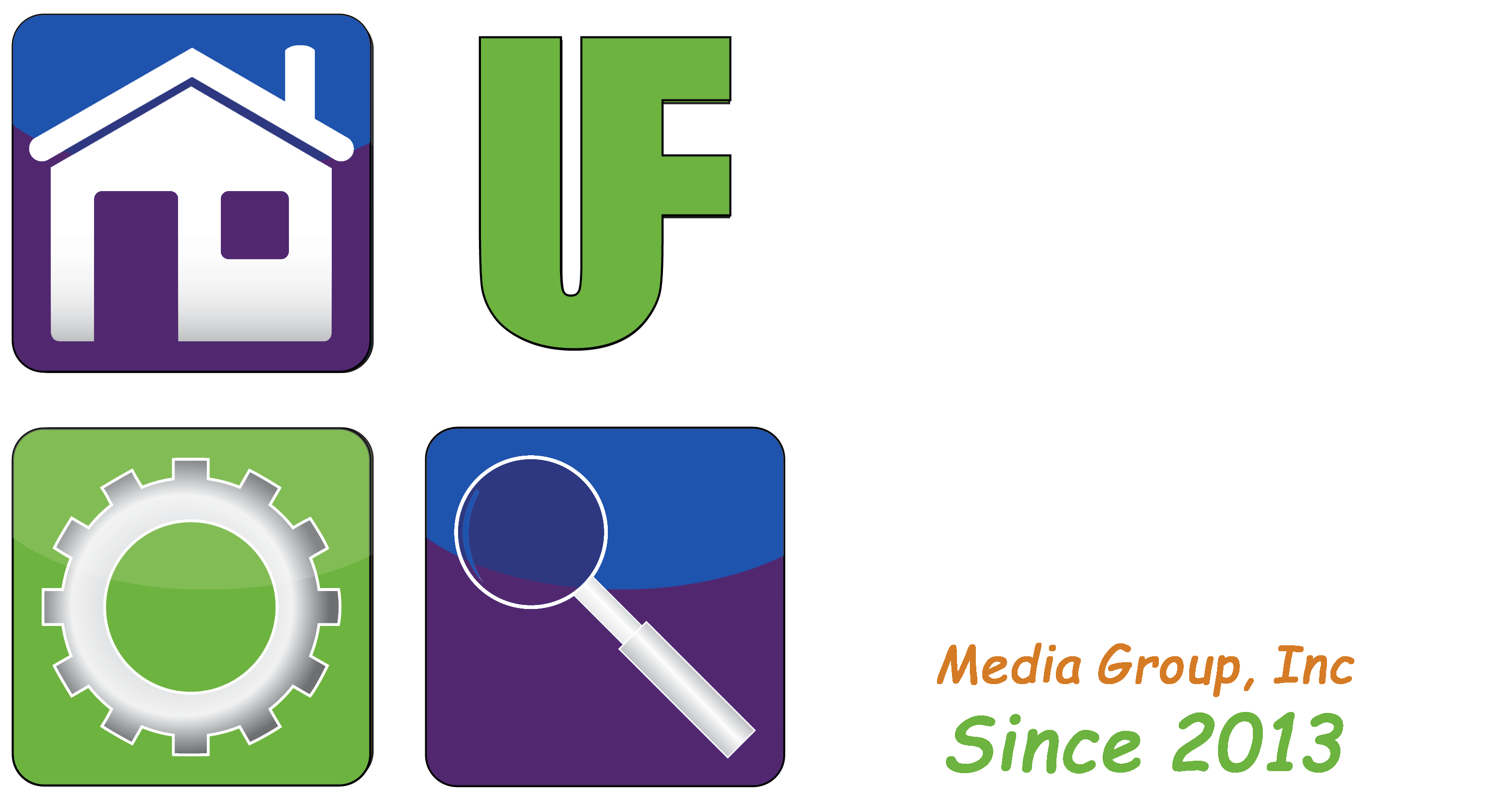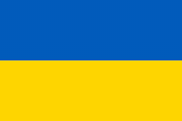By User Friendly 2.0
SmartThings Is Being Updated
If you are a user of the Samsung SmartThings home automation system you may need to update some of your equipment.
The History of SmartThings
SmartThings was allegedly conceived by co-founder and once-CEO Alex Hawkinson in the winter of 2011. Hawkinson says that his family's unoccupied mountain house in Colorado was extensively damaged by water pipes that first froze and subsequently burst resulting in some $80,000 worth of damage. Hawkinson noted that he could have prevented the damages had he known what was happening inside the house. Through 2011 and 2012, Hawkinson and his SmartThings co-founders worked to build a prototype of their desired solution to such problems. That prototype would go on to form the basis of a successful Kickstarter campaign, which the developers launched in September 2012 and would go on to secure US$1.2 million in backing making it the second largest smart-home focussed crowdfunding project to date.
Initially, SmartThings produced a suite of custom hardware and software services including smart home hubs and sensors. In June 2020, SmartThings' engineering head Mark Benson announced that SmartThings would pivot away from manufacturing its own hardware and instead focus on software. The company hoped to enlist other companies to manufacture and distribute SmartThings hardware. In October 2020, SmartThings announced that Aeotec would take over its European hardware line. In December 2020, Aeotec revealed that it would also manage the SmartThings hardware portfolio throughout Australia, Canada, the United Kingdom, and the United States.
As of February 2021 SmartThings develops software and cloud services but no longer hardware.
What's Changing
Like most computer hardware SmartThings uses drivers to control the devices it connects to. The original system used is called Groovy, and this is what's being discontinued. The new method using Lua-based Edge drivers is replacing Groovy.
In most cases your hardware will update and you shouldn't notice a difference. However, this isn't always the case. There are some things in your smart home setup that might stop working such as older hardware or in cases where the manufacturer doesn't update the drivers.
These changes will begin on Sep 30, 2022. The changes will be ongoing over the following few months with Groovy being fully deprecated in early 2023.
If there is a device on your system that isn't compatible with the new system, it will be moved to a "Things" folder. From there you can either uninstall the device and try re-adding it. If it is no longer supported, you may need to replace it. The other option is that since SmartThings is open source, users can write their own software and drivers. You may want to search on your device's model to see if this is the case. Or, if you are a programmer, you could make your own.
William (Bill) Sikkens has been an on-air technology expert since 2014. With an expertise in I.T., cyber security and software design he has had more than 20 years' experience with advanced technology. Sikkens conceptualizes and designs custom applications for many professional industries from health care to banking and has the ability to explain the details in a way all can understand. Article edited by Gretchen Winkler, who along with Jeremy Winkler are the co-hosts of User Friendly 2.0 here on The Answer Saturdays at 5:00 p.m.
Links and brand/store information provided are for information only and are not endorsed by Salem Media Group, KPAM or the show's hosts.
Got a technology question or comment for Bill? Follow him on Twitter @sikkensw


